Nature reports
Publisher: Dutch Butterfly Conservation
Page 2 of 2 - 20 Results
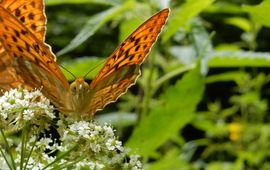
Climate change affects biodiversity globally, by forcing species to shift their distribution to track the warming environment. In an article published today in the journal Ecology Letters, an international team of scientists shows..
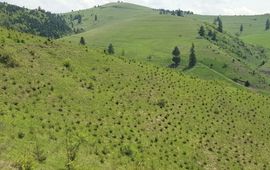
Danube clouded yellow is rare in Europe. The butterfly depends on extensively used grassland and disappears by intensification, but also by abandonment. New threat poses large-scale planting of conifers. By working with residents..
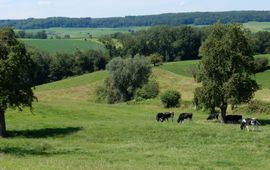
Agriculture and biodiversity are currently both in the spotlights, but mostly as opposites. This must change, but how? A new EU project will investigate how agriculture and biodiversity can best go hand in hand and what this..
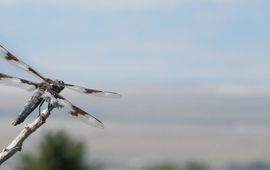
Nature conservation can only be done effectively with enough knowledge about nature. In the Netherlands we know a lot about which species occur where and how they are doing. Freshwater ecosystems are biodiverse but receive..
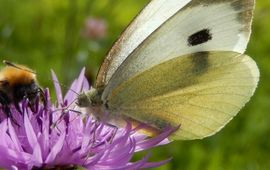
The use of systemic pesticides, such as several neonicotinoids, has been increasingly restricted in Europe, due to side effects on especially bees. Now, negative effects have also been demonstrated for fipronil. In the large..
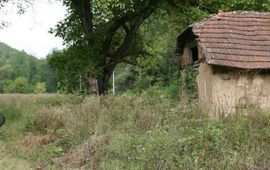
Recently the decline of insects has been highlighted as one of the main crises in biodiversity conservation. Butterflies are one of the groups of insects that are popular, colourful and easy to identify. Everyone can help in..
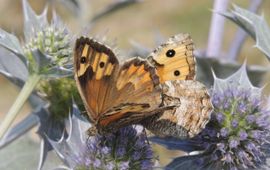
De Vlinderstichting (Dutch Butterfly Conservation) and CBS (Statistics Netherlands) coordinate the monitoring schemes for butterflies and dragonflies in the Netherlands and just released their report for 2017, including some clear..
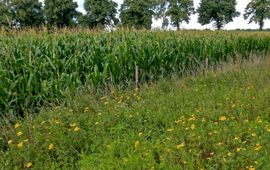
In agricultural production, a globally growing area is cultivated with insect resistant, genetically modified (GM) crops, such as Bt-maize. In the Netherlands Bt-crops are not allowed. But with increasing pressure from society to..
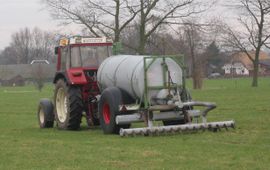
Nitrogen deposition is the most influential global driver of anthropogenic biodiversity decline besides habitat destruction and the emission of greenhouse gases. Recent insights on its threats to biodiversity and ways to recovery..
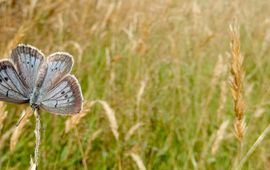
In 2016, the fourth symposium ‘Future of Butterflies in Europe’ was held in Wageningen. Now a selection of papers from that meeting is published in the Journal of Insect Conservation. ..
